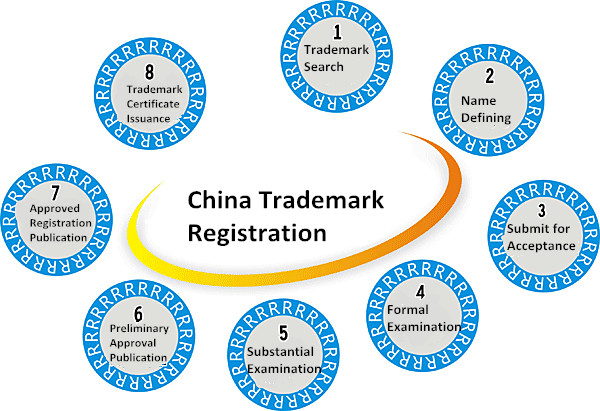CHINA PATENT APPLICATION Service
Hotline: 86-755-82143348 Email: amyhuang@citilinkia.com
The importance of the Chinese market is universally acknowledged. Protecting IP rights,including patent rights, has become a basic necessity for doing business in China.
Types of patent
Inventions, utility models and designs are the three categories of patent protection available in China. An applicant may apply for an invention patent to protect an innovative technical solution for an article or process, or an improvement to an article or process. A utility model patent protects any useful and new technical solution to the shape or structure of an article, or a combination thereof. A design patent protects novel designs that are industrially applicable with respect to the shape, pattern or colour of an article, or a combination thereof.

Preliminary examination
Once a patent application has been filed, it enters the preliminary examination stage. Patent applications under preliminary examination undergo a formality check by the State Intellectual Property Office (SIPO). At this stage, an examiner checks whether the application contains any obvious and substantial flaws or defects, including whether the subject of innovation can be deemed patentable subject matter. The examiner will also determine whether the filing formality requirements have been met.
Publication of invention patents
Article 34 of the Patent Law requires that invention patent applications which have passed preliminary examination be promptly published within 18 months of the date of the application (or the earliest priority date where priority is claimed). An applicant may request early publication and may subsequently withdraw an early publication request before the publication process commences.
Substantive examination for inventions
Applicants for an invention patent may request that SIPO conduct substantive examination of the application at any time within three years of the application date (or the earliest priority date where priority is claimed). Applications for which such a request is not made within the prescribed time limit and without justifiable cause will be deemed to have been withdrawn.
Voluntary amendments
Under Chinese patent practice, applicants that wish to make voluntary amendments to their invention applications may do so only at the following times:
1. when filing a request for substantive examination; or
2. within three months of receipt of official notification of entering into the substantive examination stage.
No voluntary amendments can otherwise be made to an application.
Office action at substantive examination stage
During substantive examination, SIPO examiners usually notify the applicant about their opinions in an office action and designate a time limit for receiving a response from the applicant. The applicant has four months to respond to the first office action and two months to respond to the second and each subsequent office action, if any.
A response may constitute a statement of opinions and may be accompanied by an amendment of patent description. If an amendment is to be made in responding to an office action, it can address only the problem identified in the office action. Any other voluntary amendment at this stage will be deemed a violation of Article 51.3 of the implementing rules, pursuant to Article 33 of the Patent Law, and will be rejected by the examiners.
Re-examination requests
Applicants that are dissatisfied with a rejection decision by SIPO may file a request for re-examination with SIPO’s Patent Re-examination Board within three months of receipt of the rejection notice.
On acceptance of the re-examination request, the board will forward the applicant’s request to the original examiner. If the original examiner agrees with the applicant’s request and withdraws his or her original decision, the board will render its decision accordingly and notify the applicant of the withdrawal of the rejection decision. However, if the original examiner maintains his or her rejection opinion after reviewing the request, the board will subsequently conduct re-examination and issue an office action if it believes that the request does not conform to the Patent Law. The applicant will be given a period of time in which to file a response before the board makes its final decision.
Grant of patent
Invention patent applications that have passed substantive examination with no finding of grounds for refusal are issued a notification of patent grant by SIPO. Applicants must conduct a registration of right and pay registration and annuity fees within two months of receipt of the notification. SIPO subsequently publishes the granted patent right and issues a letters-patent. Failure to register within the time limit will result in loss of the patent right and the patent will be deemed abandoned. However, there is a two-month restoration period from receipt of an abandonment notification; if registration and payment are fulfilled during this period, the lost patent right may be restored.
Contact Us
For further queries, please do not hesitate to contact ATAHK at anytime, anywhere by simply calling China hotline at 86-755-82143348, or emailing to amyhuang@citilinkia.com.